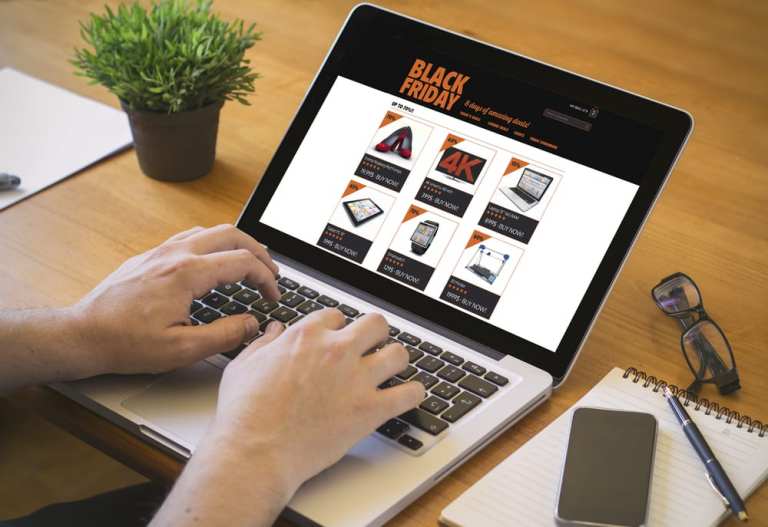But the smart money says Black Friday will still happen in some shape or form. No responsible executive would tell their shareholders that they’re skipping aggressive sales tactics on a day when most people are off work and most retail companies are still trying to pull some semblance of a year out of the ashes of 2020. It will still be an important day on the retail calendar – but the slew of shopping occasions in October and November will take the starch out of Black Friday. There are other reasons, based on PYMNTS data, that show why Black Friday may be more of a hazy shade of gray this year.
The first, and really the only, reason for Black Friday to happen as a lesser holiday is the pandemic. COVID-19 shows no signs of abating – in fact, fears of a second wave have already hit New York City, among other metro areas. PYMNTS has been tracking consumer attitudes and behaviors around shopping and payment methods since mid-March, which has shown clear trend lines toward concerns about safety, shifts in digital preferences and avoidance of in-store visits. As of a data pull in late September, 67 percent of shoppers are still concerned at some level that returning to pre-pandemic shopping behaviors will put themselves or their families at risk of getting sick.
This latest study also showed that Black Friday will be a digital-first holiday – and perhaps even digitally dominated. PYMNTS finds that 85 percent, 84 percent and 80 percent of consumers who have shifted to digital when shopping for groceries, shopping for retail products and ordering food from restaurant aggregators, respectively, say they will stick with all or most of those habits moving forward, where “shifted digital” means a consumer is doing less in a physical channel and more in a digital channel for the same activity.
Which leads to the second issue: trend lines. Black Friday has been trending down as a shopping occasion for the past two years. In fact, a PYMNTS data project that studied Black Friday in 2019 found that only 20.2 percent of shoppers went to a physical store on that day, which was down five percentage points from 2018. On the flip side, 20.4 percent shopped online during Black Friday last year, which was double the 2018 number.
The pandemic has accelerated everything about the digital-first economy, and it’s not too far beyond the pale to think that these trends will continue at least on the same trajectory. That would mean that Black Friday 2020 would see a maximum of 15 percent of shoppers go to physical stores, and that 30 percent could shop online. Last year’s research also found that only 18.2 percent of shoppers visited both a physical store and an online store last year. This year, that number is bound to drop further.
Advertisement: Scroll to Continue
Another signal that Black Friday could be a digital-first holiday comes from data that shows consumers are actually choosing retailers based on their digital capabilities. Based on the results of this latest study, PYMNTS estimates that 84 million U.S. consumers representing $1,025 billion of sales volume will shift some or all of their retail shopping to digital channels, 40 million U.S. consumers representing some $112.5 billion of sales volume will shift some or all of their food ordering, and around 35 million U.S. consumers representing some $144 billion of sales volume will shift some or all of their grocery shopping.
And then there are the millennials. Last year, they were the stars of Black Friday, spending more than any other demographic group. Millennials spent an average of $509 on Black Friday in 2019, with bridge millennials coming in at $479. Both millennials and bridge millennials said they preferred to buy gifts for others online last year, with 48 percent and 54.1 percent of their Black Friday spend for holiday gifts happening online rather than in physical stores.
This year, PYMNTS research shows that this group will also index higher for digital purchases. Bridge millennials and their older cohorts have shown dramatic preferences for retailers that have added to their digital capabilities, checking in at 77.5 and 78.2 percent accordingly.
Bottom line: The push to bring holidays forward on the calendar has thrown a wrench into the works of retail planning. But looking back at last year, it’s clear that the digital shift was already underway. The open issue for this year is how many consumers will stay home to shop on Black Friday, and how many of them still have expendable capital after the early holiday season has drained their wallets.




